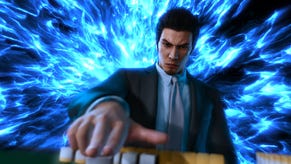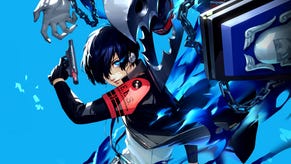Persona 3 Reload review - a classic 2006 RPG updated in hit-and-miss style
SEES the day.
Persona 3 has always been somewhat of an outlier in the high-schooling, monster-bashing series. Going back to 2006, Persona 3 was the first in the series to layer visual novel social elements on top of the turn-based combat and party-centric stat fiddling. Now, it's perhaps the only modern Persona game that doesn't enjoy a 'definitive' edition for first-timers, and with the release of the high-definitioned remake Persona 3 Reload, I can't say the situation's changed.
Of course, Persona 3 Reload does tweak and turn knobs in almost every corner of the original, providing a streamlined and easygoing take on the classic, but some aesthetic adjustments in particular don't exactly gel with the teens-dealing-with-death tale that pulls everything together. And as much as Reload reaches into the future to borrow from Personas 4 and 5, the best things about it are still from 2006. Still great, then.
Persona 3 Reload follows the original game's story very closely, focusing on an orphaned transfer student who begins life anew at Gekkoukan High School and Tatsumi Port Island, which receives a blindingly bright glow-up compared to its relative murkiness on the PS2/PSP. He soon discovers the powers of the titular Persona - magical alter-ego warriors - and joins a group of fellow students (plus a very, very good dog) on their journey to end the Dark Hour, the time between days when mysterious creatures come a-running to feast and all the regular humans remain oblivious, trapped in sinister coffins.
Events both minor and major stay mostly intact here, with only small line adjustments or changes in tone in certain scenes. (Thankfully, that scene's transphobic tropes have been scrubbed from existence, even though the game still forcibly induces an eye roll over the boys' reactions to girls in bikinis.) Good thing too, since Persona 3's themes and characters are just as powerful now as they were, err, 18 years ago. Ouch.
The series has always been about teens coming of age, finding their true selves via their superpowered interiority, and deciding how to spend their limited days in the game world. Persona 3 remains so powerful because it sees that timeless coming of age story through death's lens, mixing dread and joy beautifully.
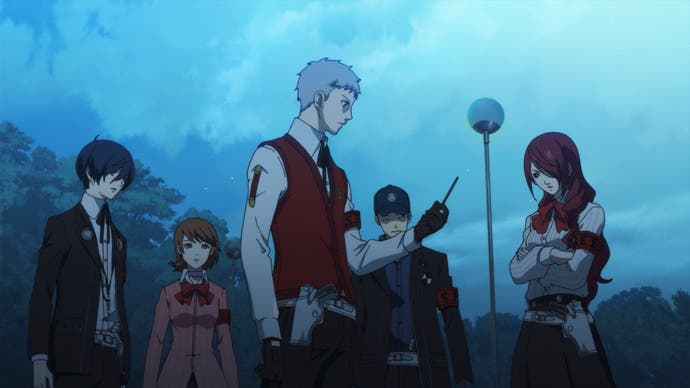
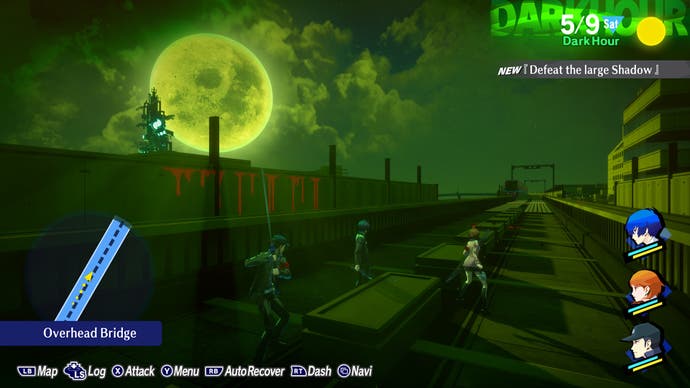
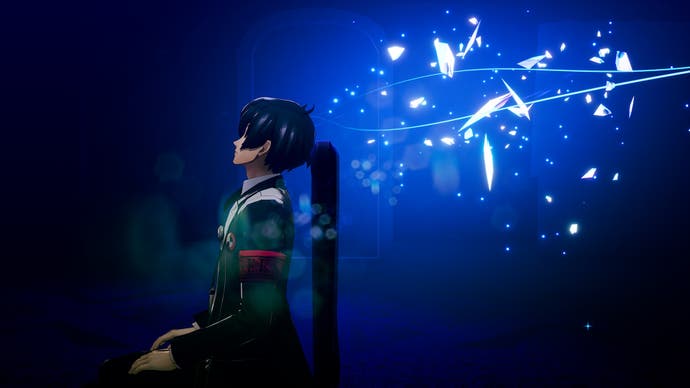

What still impresses me about Persona 3 is how thematically consistent it stays throughout its many, many side stories. Almost everyone, dog included, is touched by death differently and that focus lets the initially archetypal characters grow in unexpected ways. Persona 3's form, more so than any other in the series, feeds into its ideas too, making you actively fear/accept/march toward death in every single hour.
When the in-game clock turns and marks another day on the calendar, the predominant feeling isn't one of satisfying progression, like it is in Persona 5; it's one of dreadful inevitability. How do you spend your limited days when The End literally looms over your party every night in the form of an inescapably large, unnaturally green moon? You absolutely don't have enough time to see or do everything in one playthrough - it's a completionist's nightmare - but that melancholy atmosphere makes Persona 3 feel so urgent, even when it's been reloaded in fancy fashion.
Speaking of, the remake's most immediately recognisable change is how it looks, as developer Atlus tries to emulate Persona 5's effortlessly stylish (verging on illegible) look. Reload succeeds in some areas, plastered with slick transitions, animated flourishes racing across the screen, and (again!) genuinely beautiful UI.
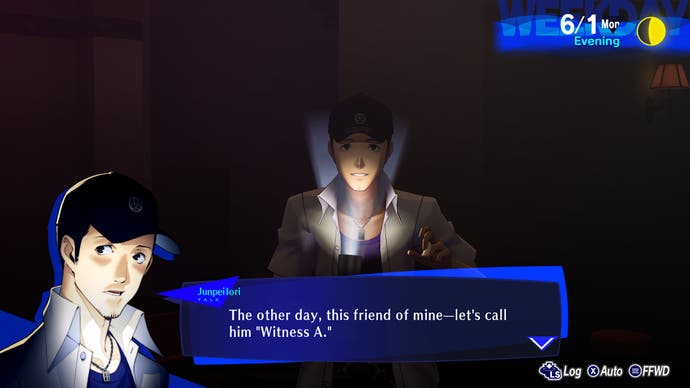
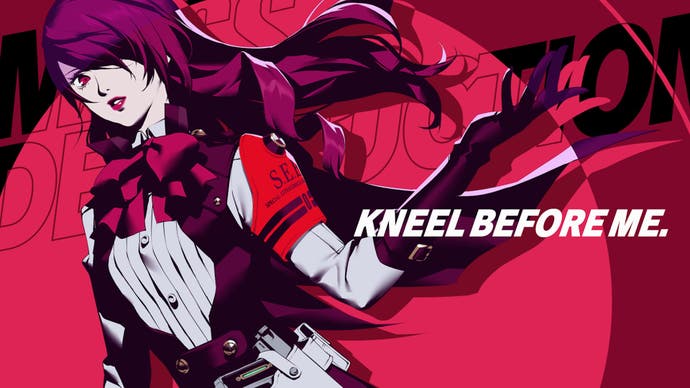
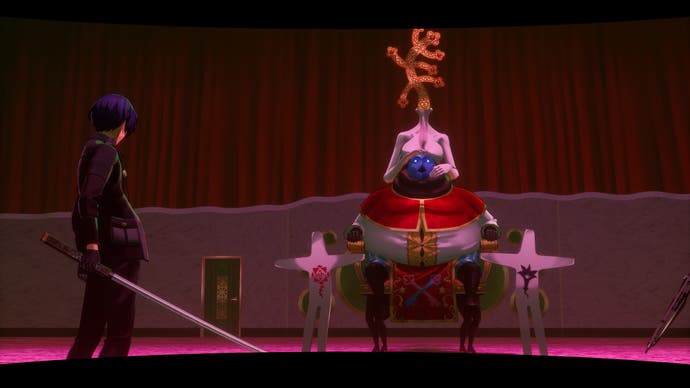
I'm unfortunately not as in love with the rest of the package's spruce-up. Reload replaces the original's polygonal edges for a shinier facelift that looks kinda like plastic at some points and seemingly doesn't include the finer details that made P5 feel like a moving firework trapped in the TV. The end result is stuck in an awkward middle-ground, not quite reaching P5 levels of eye candy and sacrificing the original's dour vibes for an upbeat sheen in the process.
If you're looking for a faithful adaptation, Atlus more than delivers in other aspects, painting the story in the same broad strokes, but also filling in some grey areas here and there. Persona 3 Portable's female protagonist is sadly missing from the equation, meaning that her social links with the boys in the party are gone too. But Atlus replaces those social links with all-new "Link Episodes," which are special scenes that delve deeper into a few characters at predetermined points on the calendar.
Link Episodes have the unexpected benefit of actually reflecting what the characters go through in the main story and vice versa - as opposed to social links, which ignore otherwise fatal ongoings because they can be seen at almost any point in the journey - easily making them the best new social element in here and one that I hope gets expanded for an inevitable Persona 6. They also mix well with the added gardening, reading, and cooking events to fill up much of the empty evenings that plagued Persona 3 Portable.
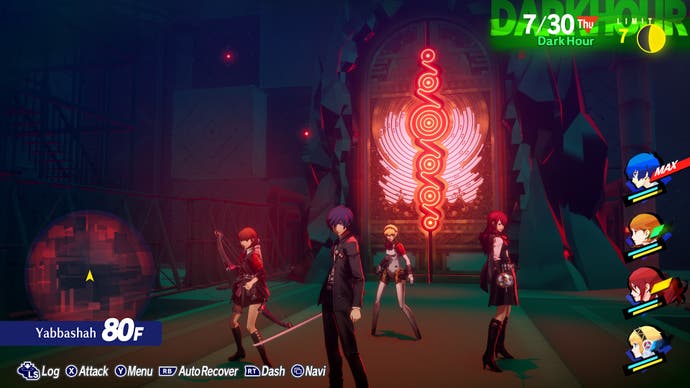
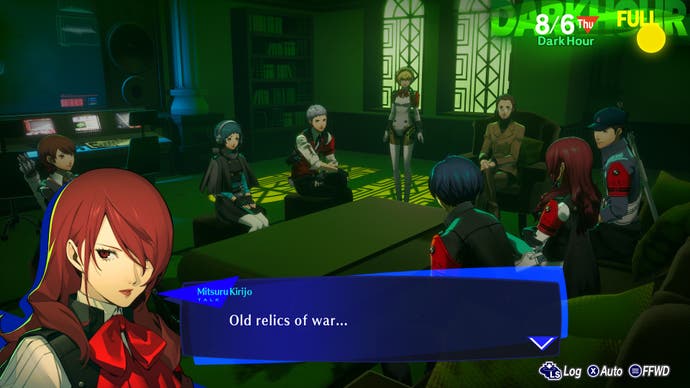
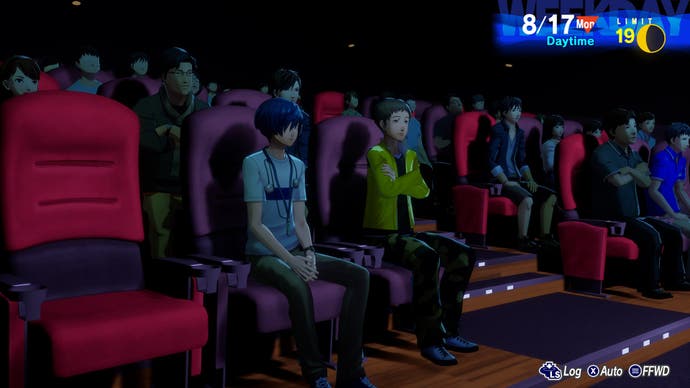
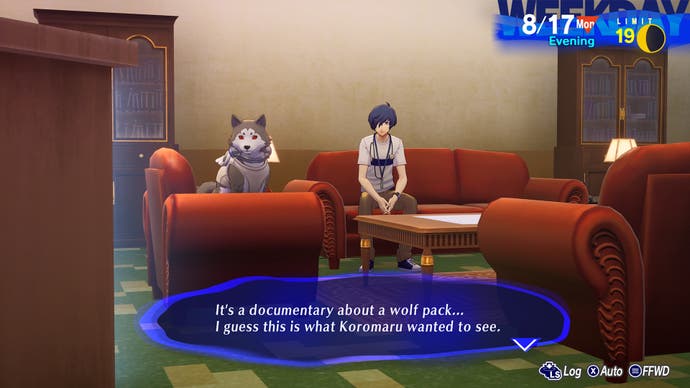
Persona is a series of two sides, though, split between the daytime tomfoolery and the dangerous dungeon-crawling that begins at nightfall. Reload does a much better job of tying up loose RPG threads and connecting progression systems between the two.
Theurgys, for example, are new ultimate abilities that dish out massive damage or stat buffs once a gauge fills up. Charging the special move requires you to act in character - Yukari's increases when she heals, Junpei when he makes critical hits, Ken when he's low on SP - but spending time with pals unlocks new ways of maxing out the gauge, as well as other buffs. Reload borrows a page from Persona 5 Royal's book with that added interconnectivity, making sure that almost everything you do feeds into a different part of the game - only further quickening the momentum/march across the clock.
Charging up Theurgy attacks can be a little unbalanced, however, since healing is a much more common action than, let's say, buffing your own evasion, as is the case with Akihiko's initial gauge requirement. Wobbly balancing also affects the party's updated stats and movesets too because some fighters are clearly more useful, powerful picks than others.

That sometimes wide gulf in utility means that my party's levels were often all over the place, sometimes with 15 levels separating my main man from poor Junpei, compounding the above problem further. Atlus thankfully thought of a fix ahead of time with the completely overhauled endless school-turned-tower-of-death, Tartarus, which now occasionally lets you fast-track allies to your current level.
Tartarus (or tartar sauce as one character quips) is mainly where the game's turn-based slashing takes place. For newly minted Persona-wielders, it's basically the equivalent of P5's Metaverse, taking you through hundreds of randomly stitched-together floors filled with shadows. It's also where every other Persona 3 version succumbs to sometimes mind-numbing monotony.
HD Tartarus lacks the variety of Persona 5's boisterous, knotted palaces and also retains the expected grind that comes from climbing so many floors in the original. Structurally, Tartarus is the biggest giveaway that Reload is still building off a 2006 RPG, but elemental affinities get switched up so often that it's functionally no different than jumping to whole new twisted psyches in Persona 5 anyway - minus the occasional puzzles or semi-interesting gimmicks. Blacked-out floors, ailment-afflicted enemies, and other random obstacles try to keep things fresh as well, as does Reload's minimally remixed combat.
You're still chasing elemental weaknesses and exploiting them to dish powerful All-Out Attacks. But this time, you also have access to P5's One-More move (without the accompanying stat buff) that lets you pass the baton to another character after striking a weakness. It makes battles slightly more aggressive, without feeling overpowered.
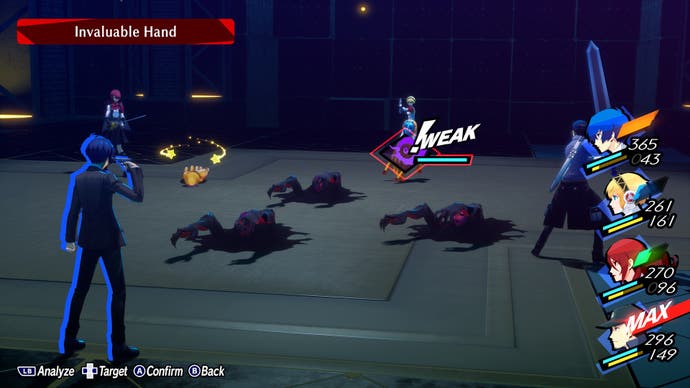
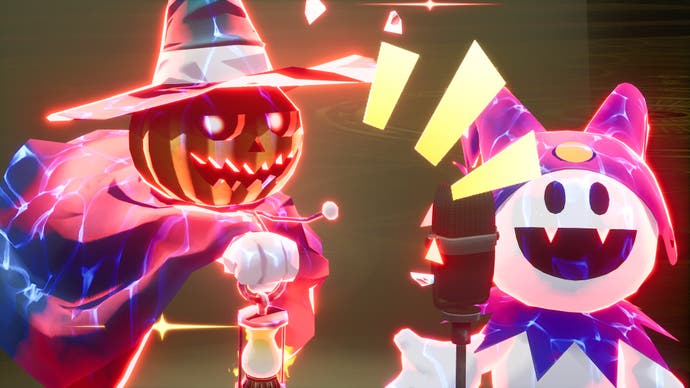
Monad Doors, the optional corridors housing super-tough mini-bosses and bonus loot, really bring out the best in combat by occasionally de-emphasizing the "find weakness, exploit weakness" loop. You instead need to play with party composition in considered ways, side-step incoming ailments, and build a strategy that can endure 10-minute showdowns.
Updated combat helps keep the Tararus' minute-to-minute climb crisp and additions like Monad Doors offer interesting stopgaps every few floors. However, the icing on Tartarus' elongated cake is just how much simpler getting up it is. Reload throws away the fatigue mechanic that previously debuffed party members as they spent more time in the tower. It also adopts Persona 4 Golden's shuffle time, so you can now easily pick upgrades - such as increased EXP gains or stronger All-Out attacks - that last for the rest of your trip. Shuffle time's tweak is quietly transformative since these upgrades have a compounding effect; cutting down on both the grind for experience points and making normally-rote battles end in a blink. In tandem, these two adjustments make binging through Tartarus not only possible, but a simple breeze once you have all the handy stat buffs and whatnot falling out your pockets.
Persona 3 Reload makes it easier than ever to enjoy a truly special game about young people coming to terms with universal anxieties. And in the end, it's still good because it's Persona 3, and Persona 3 is damn good. I'm unsure if Reload will be my go-to route to Gekkoukan High in the future, and for many it'll depend on how much tolerance you have for the original's Tartarus grind, but for me, the sometimes-jarring changes in presentation and mood (as well as omissions from previous editions) hold Persona 3 Reload back from being the way to experience Tatsumi Port Island's pleasures.
A copy of Persona 3 Reload was provided for review by Sega.


